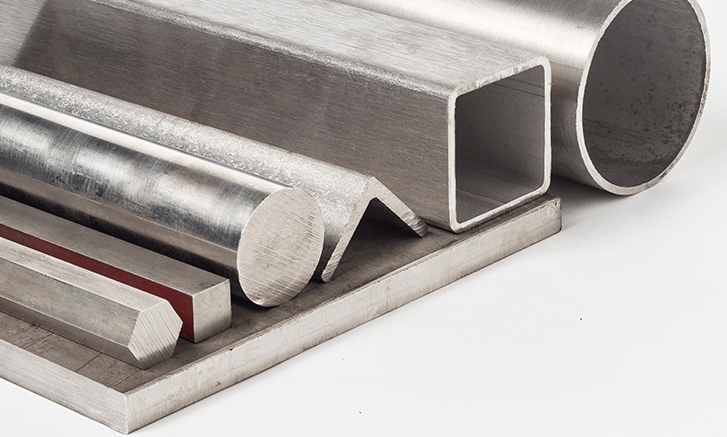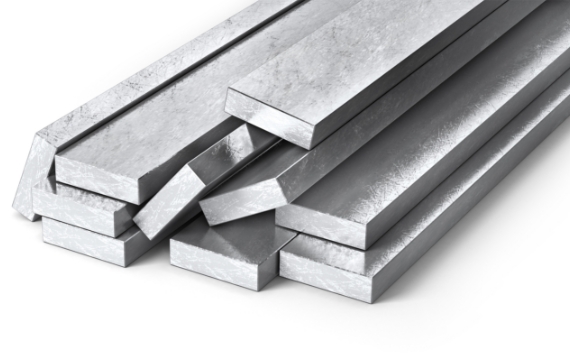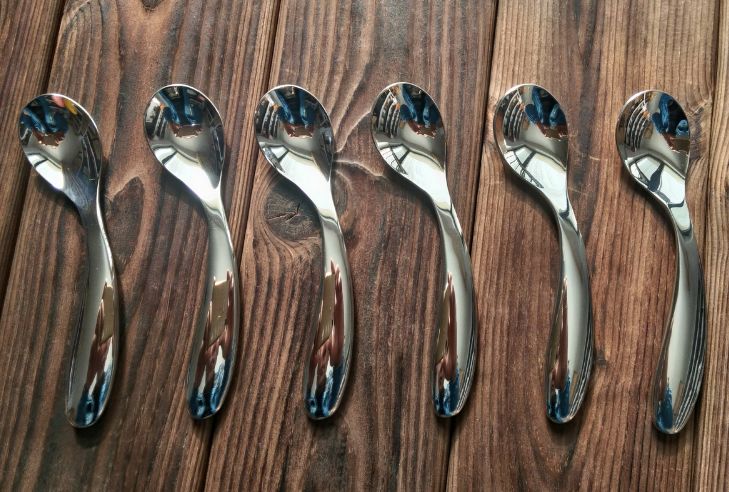What you need to know about the comparison of 304 antibacterial stainless steel and 316 antibacterial stainless steel!
Have you gained anything from the antibacterial stainless steel mentioned in the past? We know that both 304 and 316 stainless steel can be used to make antibacterial stainless steel, and you can learn more about them in this article. We will respectively make the following descriptions:
1.304 and 316 similarities
2.The difference between 304 and 316
3.Comprehensive consideration of 304 and 316
Antibacterial stainless steel is a kind of alloy steel.
What we usually call "stainless steel" is called "stainless and acid-resistant steel" in full. It is actually very simple to make steel not rusty, just add some metal impurities to make alloy steel (such as adding chromium). But it does not rust, only means that it will not be corroded by air, and its ability is still too poor. So we also need it to be resistant to chemical corrosion, so "stainless and acid-resistant steel" appeared. If you want to make stainless acid-resistant steel, you need to add many kinds of metals, and different metal formulations form different stainless steels.
 |  |
1. 304 and 316 are austenitic antibacterial stainless steel
Antibacterial stainless steel is often divided into: martensitic steel antibacterial stainless steel, ferritic steel antibacterial stainless steel, austenitic steel antibacterial stainless steel, austenitic-ferritic (duplex) antibacterial stainless steel and precipitation hardening stainless steel. In addition, it can be divided into chromium stainless steel, chromium nickel stainless steel and chromium manganese nitrogen stainless steel according to the composition. Among them, the austenitic antibacterial stainless steel has the best comprehensive performance and has no magnetism, so it is the most widely used in our daily life. 304 and 316 antibacterial stainless steels are all austenitic antibacterial stainless steels.
Antibacterial stainless steel has penetrated into every aspect of everyone's life. 304 antibacterial stainless steel is also widely known as food grade stainless steel. Now businesses often promote 316 antibacterial stainless steel. What is the difference between them?
2.The difference between 304 antibacterial stainless steel and 316 antibacterial stainless steel
304 antibacterial stainless steel has a strong anti-corrosion ability, and it is positioned as a "food-grade" metal by the national standard-normal contact with water, tea, coffee, milk, oil, salt, sauce, vinegar, etc. is no problem. 316 antibacterial stainless steel is a further upgrade on this basis (controlling the proportion of impurities and adding molybdenum) to make it more resistant to corrosion. In addition to oil, salt, sauce, vinegar and tea, it can resist all kinds of strong acids and alkalis. Not only that, 316 antibacterial stainless steel is more adaptable to the environment, and the temperature is too high or too low, and it will not affect the corrosion resistance of 316 antibacterial stainless steel. However, the production cost of 316 antibacterial stainless steel is higher, and the price is also higher.
3.Comprehensive consideration of cost performance

For food steel, 304 antibacterial stainless steel is enough, and there are almost no defects; the use of 316 antibacterial stainless steel in this respect is purely overkill. The aspect that 316 antibacterial stainless steel is stronger than 304 antibacterial stainless steel is not reflected in the slightest. Therefore, when choosing products, consumers can make comprehensive judgments according to their needs and cost performance, and choose suitable products.
The 304 and 316 grades that we see in our daily lives are the 300 series of austenitic stainless steel. What is the difference between 304 and 316 antibacterial stainless steel? The main elements of 304 antibacterial stainless steel are nickel (Ni) and chromium (Cr). Ni content is greater than 8%, Cr content is greater than 18%, it can be considered as 304 antibacterial stainless steel. 304 antibacterial stainless steel has good processing performance and high toughness. It is a nationally recognized food-grade antibacterial stainless steel. It is healthy, non-toxic, and has high corrosion resistance. , Widely used in the production of industry, home improvement and food containers.
Okay, that's it for today. If you want to learn more about stainless steel, welcome to visit steelltd.com. We are an excellent steel supplier in China with professional stainless steel knowledge. JM company provides various stainless steel customization and sales services. The 304, 316 and stainless steel mentioned in this article are our best-selling products. If you have any needs or professional knowledge questions, please feel free to contact our customer service and consult.